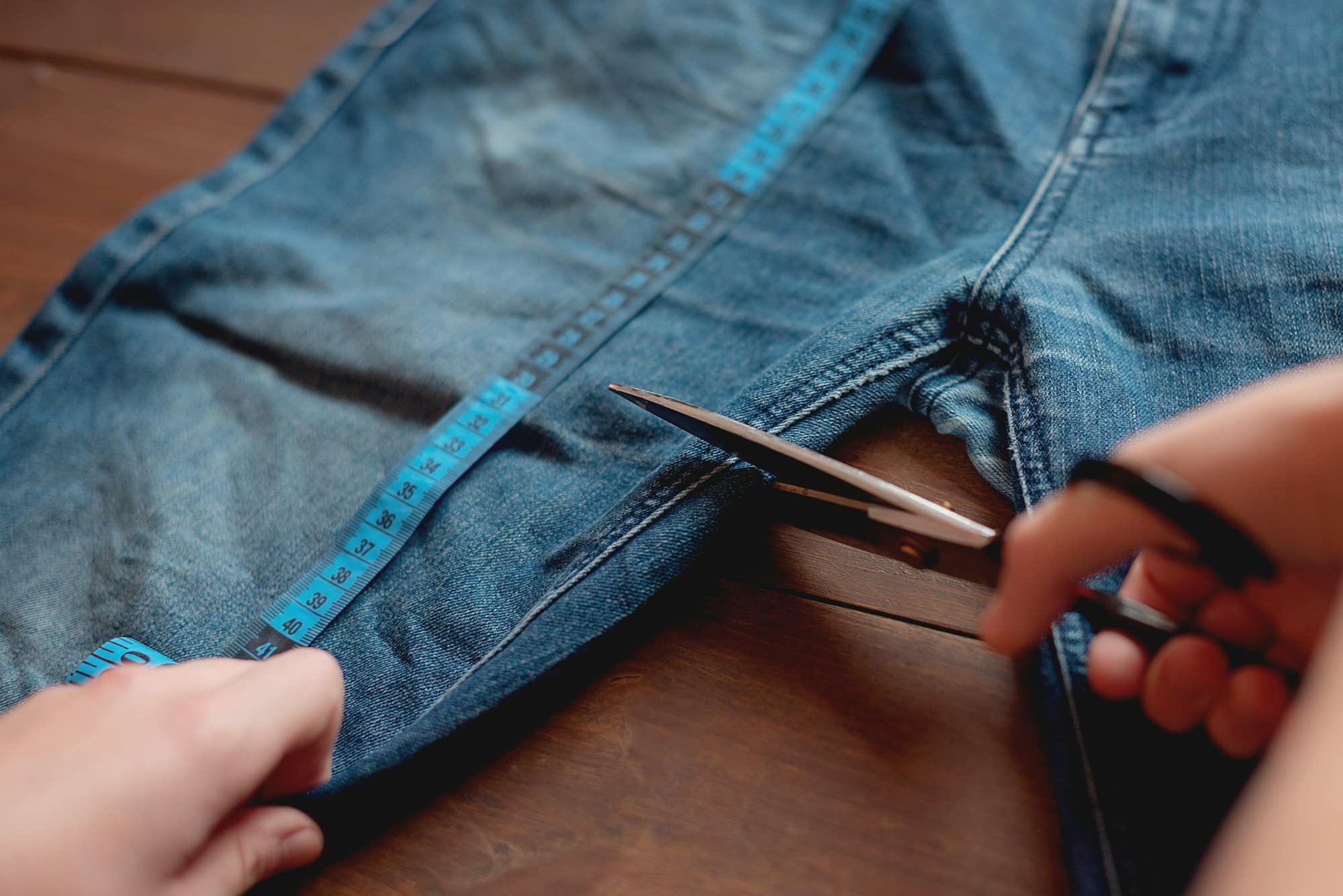What’s the Best Approach to Upcycling Old Furniture for a New Look?

Finding new life in old items is all the rage in interior design. As we grow more conscious of sustainability and the importance of reusing and recycling, upcycling old furniture has become a popular trend in home decoration. But where should you start, and what’s the best approach? This article will guide you through the steps you need to take to give your pre-loved furniture a fresh and modern look.
Choosing the Right Piece
When it comes to upcycling, the first step is to choose the right piece. The ideal candidate for upcycling is a piece of furniture that is structurally sound but might be looking a little tired or outdated. It could be a flea market find, an item you’ve had in your home for years, or even a piece of roadside treasure.
En parallèle : What’s the Best Method to Create a Cozy Fireside Seating Area?
It’s also important to choose a piece that you feel confident working with. Consider your skills and resources when picking out a piece. If you’re new to upcycling, you might want to start with a simpler project, like a wooden chair or a small table. As you gain more experience, you can move on to more complex projects.
Planning Your Transformation
Once you’ve chosen your piece, you need to start planning your transformation. Think about the look you want to achieve. Do you want to maintain the piece’s vintage charm while refreshing its look? Or do you want to completely reimagine it in a contemporary style?
Lire également : How Can You Create a Home Office with a Green, Living Wall?
A good method is to create a mood board with images and ideas that inspire you. This can help you visualize the final result and guide your choices as you work on the piece. It’s also useful to keep in mind the space where the piece will live, ensuring that it complements the overall design of the room.
Preparing the Piece
Before you can start transforming your piece, you need to prepare it. This usually involves cleaning, repairing any damages, and preparing the surface for painting or other treatments.
To clean the piece, you can use a mild detergent mixed with warm water. For wooden furniture, you might need to sand it down to remove old varnish or paint. If there are any repairs to be made, this is the time to do it. This might involve fixing a wobbly leg, replacing missing hardware, or filling in chipped wood.
The Transformation Process
Now that your piece is ready, it’s time for the fun part: the transformation. This is where your creativity can really shine. There are countless techniques you can use to give your piece a new look, from painting and distressing to decoupage and stenciling.
One popular method is chalk paint, which gives furniture a vintage, shabby-chic look. It’s easy to apply and doesn’t require any primer. Another option is to use fabric or wallpaper to cover parts of the piece, adding a bold pattern or a pop of color. You can also replace outdated hardware with modern pieces to instantly update the look.
Finishing Touches
The final step in the upcycling process is to add your finishing touches. This could be a protective coat of varnish or wax for painted pieces, new upholstery for chairs or sofas, or decorative accents like stenciling or gold leaf.
Remember to take your time with this step. The finishing touches can really make the difference and elevate your piece from good to great. After all your hard work, you want your piece to look its best and be ready to take center stage in your home.
And there you have it, you now know the best approach to upcycling old furniture. So why not give it a go? You might surprise yourself with your creativity, and you’ll certainly end up with a unique piece of furniture that brings a new look to your space.
Upcycling Materials and Tools
Before embarking on your upcycling journey, you need to ensure that you have the right materials and tools. The materials you need will largely depend on the transformation process you choose. For instance, if you opt to paint your furniture, you would need paint, brushes, and perhaps primer. If your project involves re-upholstering, you would have to source fabric, a staple gun, and possibly new foam or stuffing.
As for the tools, the basics include a good-quality paintbrush for application of paint or varnish, sandpaper for preparing the surface of wooden furniture, a screwdriver for removing and replacing hardware, and a pair of scissors for cutting fabric or wallpaper. Depending on your project, you might also need a staple gun, a hot glue gun, or a sewing machine.
It’s important to remember that upcycling doesn’t have to be an expensive process. Many of these materials and tools can be found at affordable prices in local hardware stores or online. Alternatively, you could borrow tools from a neighbor or friend, or even rent them from a local tool library.
Upcycling and Sustainability
Upcycling isn’t just about giving your old furniture a new lease on life – it’s also about making a conscious effort to reduce waste and promote sustainability. Every piece of furniture you upcycle is one less item that ends up in a landfill.
Moreover, by upcycling, you’re actively reducing the demand for new furniture to be produced. This in turn reduces the amount of raw materials needed for manufacturing, the energy used in the production process, and the carbon emissions associated with transporting new furniture.
What’s more, upcycling is a great way to express your creativity and make your home truly unique. Instead of buying new, mass-produced items, you can create custom pieces that reflect your personal style and taste. This can make your home feel more personalized and meaningful.
Conclusion
In conclusion, upcycling old furniture for a new look is a rewarding and sustainable approach to home decoration. It allows you to breathe new life into tired, outdated pieces, while also reducing waste and promoting sustainability. The process may seem daunting at first, but once you get started, you’ll realise how much fun it can be. So why not roll up your sleeves, dust off that old piece of furniture, and give upcycling a try? You may surprise yourself with your creative flair and end up with a stunning, one-of-a-kind piece that adds a fresh, modern touch to your home.
